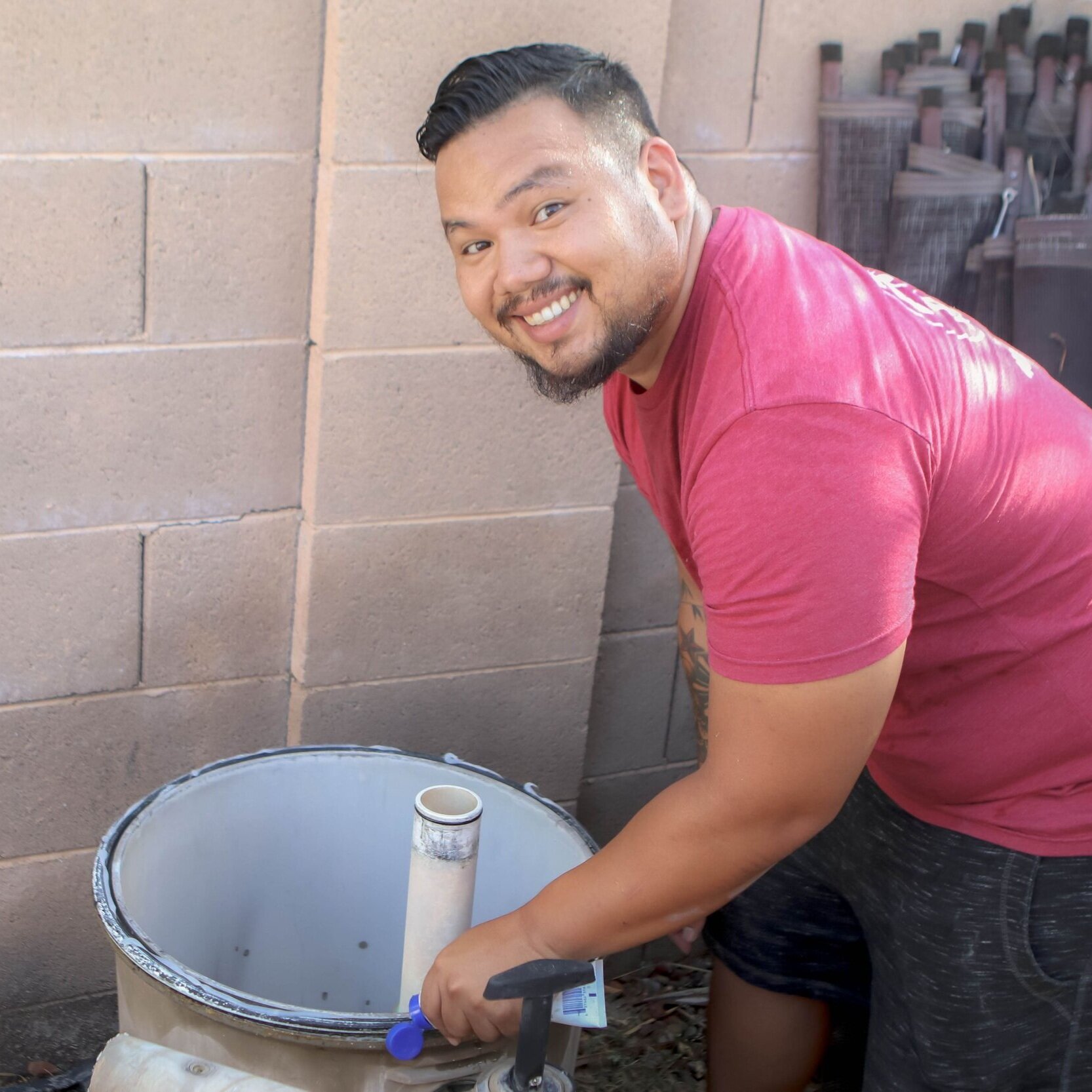Dealing With Too Much Chlorine in Your Pool? Here's How You Can Fix It
Keeping a pool properly chlorinated can be a challenging task. If the chlorine is insufficient in the water, you run the risk of having algae growth running rampant and ruining its appearance. However, too much chlorine can pose a health concern to any would-be swimmers. Chlorine testers can show if the chlorine levels are above the one- to three-ppm (parts per million) limit. If the levels are above three ppm, the pool water will irritate the skin and eyes, and extreme chlorination can cause poisoning.
There are several possible ways to reduce the chlorine levels to acceptable limits quickly.
Stop automatic dispensers
If any floating chlorine dispensers or feeders are running in the pool, shut them off and wait for the pool to stabilize over time. Chlorine will get used up naturally, and its levels will get lower over time.
Take a swim
If the chlorine levels are not dangerously high (about three ppm), swimming in the pool will introduce new bacteria to deplete existing chlorine faster. Don't go into the pool if you have irritable skin or if the chlorine levels are higher than three ppm.
Remove the sun cover
If the pool receives plenty of natural light, the easiest solution is to remove any sun covers and let the sunshine do the work. Ultraviolet light breaks down the chlorine into a gas which is released into the atmosphere.
Cyanuric acid in the pool will slow down this process. This acid helps chlorine last longer and will make it resist UV rays.
After the pool has had a few days in the sun, test the water's chlorine levels again. If it's below two ppm, resume regular chlorination and pool parties!
Add some hydrogen peroxide
Hydrogen peroxide is used to lower the pool's pH levels. It also reacts with chlorine to produce air and water, evidenced by bubbles forming in the water. Pool-ready peroxide products are available on the market to use with a stronger concentration (about 35%) than medical ones.
If the pool's pH is below seven, you'll need to find a different method or a way to raise the pH level accordingly. The pool's pH level shouldn't stray too much from 7.2 to 7.6.
Dilute the pool
Dilution is one of the most straightforward methods. Adding more water without chlorine effectively lowers the concentration in the pool. Partially draining the pool and then refilling will take some time, and the added water will also need to be mixed in and tested again once settled. Furthermore, a large pool will require a sizable amount of water.
Diluting the pool can help if there's a higher level of dissolved solids or blocked filters in the pool.
Add sodium thiosulfate
Sodium thiosulfate is another chlorine-neutralizing compound. It works similarly to hydrogen peroxide by reacting with the chlorine from the water. The quantity you'll need will depend on the size of the pool and the current chlorine levels. It is easy to overshoot and add too much, so start with half of a recommended dose and retest the water regularly.
This method will also sharply lower the pH level, so you'll need to increase it once more.
Get help to keep your pool water clean
No matter which option you choose, start slowly and re-check the water pH, salinity, and chlorine levels regularly to maintain the proper chemical balance. Contact a pool expert for assistance and to get more options to get the pool ready faster.
If you need pool maintenance for your Phoenix, Arizona pool or spa, call us here at Serenity Pools. Our services include new installation set-up, professional maintenance of pools and spas, water features, and fountains. Call today! 480-370-0579.

